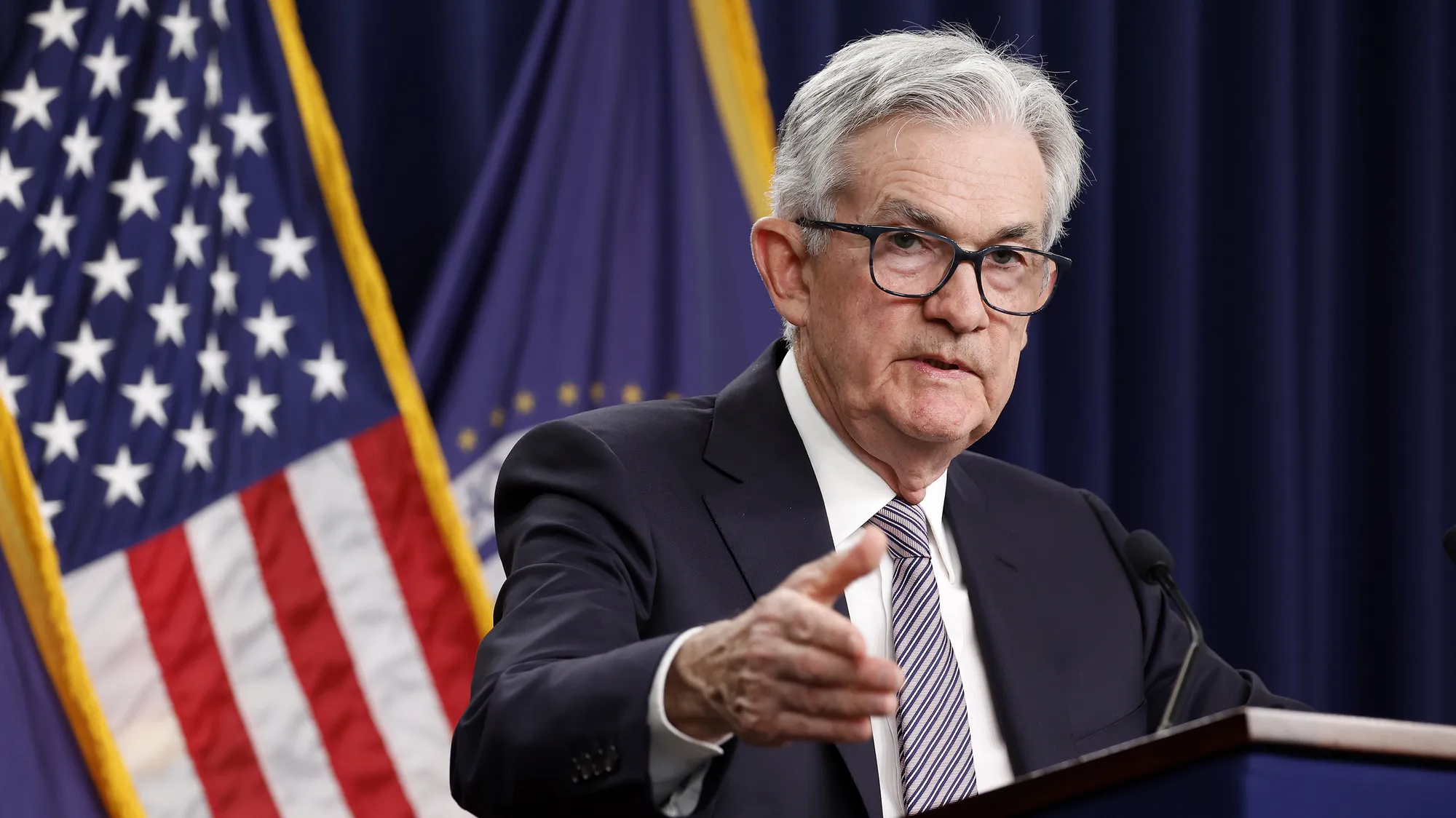WASHINGTON (World Report Studio News) - The U.S. bond market finds itself at a pivotal juncture, signaling an end to an era dominated by low interest rates and subdued inflation, a trend that emerged post the 2008 financial crisis. Last month, 10-year Treasury yields, exceeded 5% for the first time in 16 years, before falling again by roughly 50 basis points. Nevertheless, the economy is exemplifying continued skepticism about the absorption capacity for increased debt, especially with the Fed stepping back from its quantitative easing measures and reverting to quantitative tightening.
This surge in yields over the past years reflects a profound shift in the perception of inflationary forces that the Federal Reserve had been combatting with its accommodative monetary policies. Investors, buoyed by a New York Fed model based on yields, now contend that the U.S. economy might be settling into what is described as a "high-pressure equilibrium." This state involves inflation rates exceeding the Fed's 2% target, coupled with low unemployment figures and sustained economic growth.
As a result, the focus is now shifting from stimulating inflation to controlling it. However, this shift does not come without challenges. While higher interest rates might be a boon for savers, businesses and consumers accustomed to prolonged periods of low borrowing costs could face hardships as they adjust to this new paradigm. A survey by the National Federation of Independent Businesses revealed that small-cap stocks in the US were paying close to 10 per cent interest on short-term loans in September, up around 6 per cent from mid-2020.
There is a palpable concern that further rate hikes by the Fed might strain the system, potentially leading to scenarios akin to the stress experienced by several regional banks earlier this year. Devaluing bonds continue to pose an issue and have forced the industry to scale back its lending activities. The inherent risk of bonds at this time, which are normally reliable and low-risk investment tool, can be displayed by long-term treasury ETF’s, such as the SPDR® Bloomberg 10+ Year U.S. Treasury Bond ETF, whose values have halved since their height in 2020.
Amidst these shifts, uncertainties loom large. The elusive concept of the "neutral rate," defining stable economic growth, full employment, and steady prices, remains a puzzle. Estimates for this rate vary widely, contributing to the overall sense of ambiguity in the market. While the era of ultra-low interest rates appears to be drawing to a close, predicting the exact trajectory of the economy remains a formidable challenge to investors, policymakers, and analysts alike.
Ultimately, the surge in yields and the accompanying shift in market sentiment mark a turning point for the U.S. bond market. This transition signifies a departure from the prolonged era of low rates and brings forth a challenging period of adjustment for both businesses and consumers. The uncertainties surrounding future economic trajectories further intensify the complexity of the situation, leaving the market in a state of anticipation and cautious maneuvering as it navigates this new terrain.

 Luca Falz
Luca Falz